INNOspace Masters Highlight Conference
12 July 2023, Humboldt Carré in Berlin

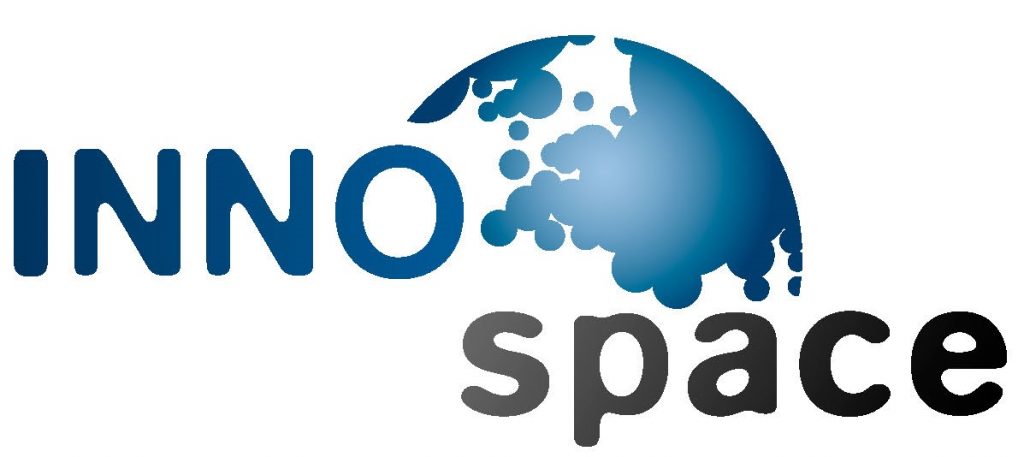
INNONet
Transfer examples of the INNOspace® networks
Presentation of the INNOspace initiative and its networks as transfer examples: Space2Health, Space2Agriculture, Space2Motion
Contact
German Space Agency at DLR
Martina Rave
martina.rave@dlr.de
dlr-innospace.de


INNOCube
Innovative satellite technologies for the future
In the INNOcube mission, novel technologies for satellite construction are being tested. These technologies can significantly reduce the mass of future satellites, shorten the assembly process and save costs. Until now, electronic equipment in satellites has been controlled via data cables. The goal of INNOcube is the in-orbit demonstration of an ultra-wideband radio technology (Skith) that enables wireless data transmission within a satellite. In addition, an innovative battery (Wall#E) is being tested, which serves as a satellite structure and energy storage.
Contact
German Space Agency at DLR
Martina Rave
martina.rave@dlr.de
dlr-innospace.de

EnMAP
With its innovative data sets, the EnMAP Earth observation satellite enables a better understanding and management of environmental problems. The German satellite also provides important findings for tackling the climate crisis.
EnMAP keeps a close eye on ecosystems at sea and on land and uncovers changes. Its hyperspectral sensors make visible what is invisible to the human eye.
Thanks to novel data sets, policymakers and scientists can better understand the Earth system and devise solutions for the global challenges of our time.
At OHB, we are proud to be contributing with EnMAP on behalf of the German Space Agency at the German Aerospace Center (DLR) and the GeoForschungszentrum Potsdam (GFZ) to protect our unique planet.
Contact
OHB SE
Alexandra Dietz
info@ohb.de
ohb.de
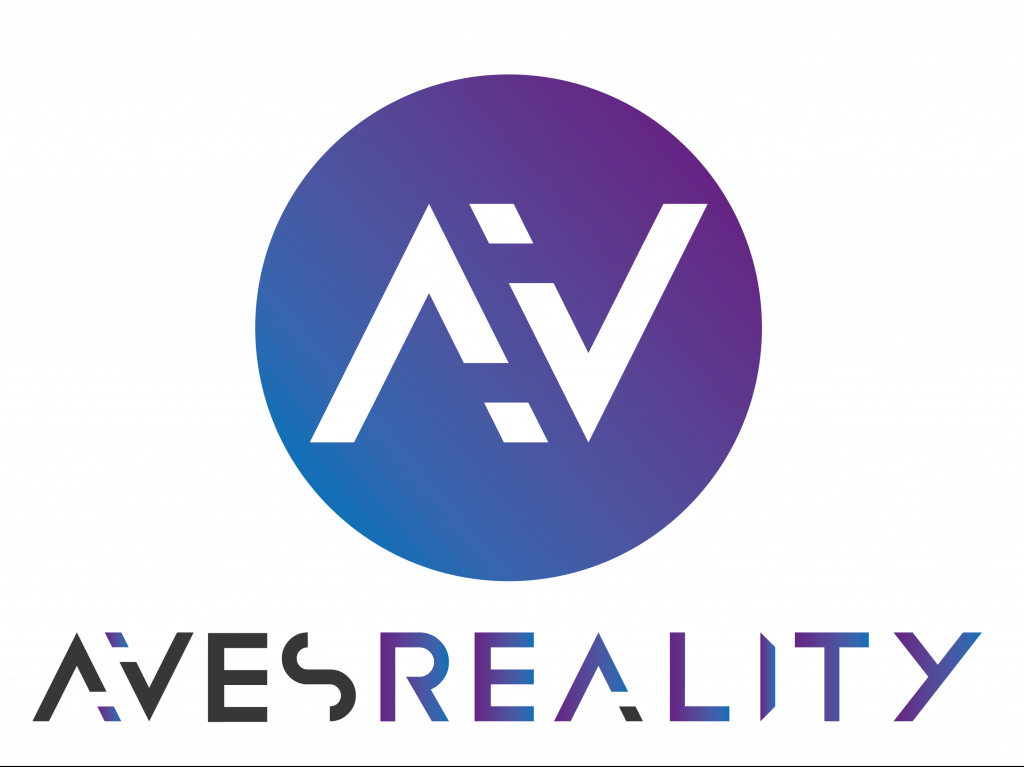
AVES Reality
A virtual copy of the Earth – ready for simulation, gaming and more
At AVES Reality we combine satellite images with artificial intelligence and advanced video game technology to create 3D content at scale.
With our AI models we aim to understand the surface of the earth and then translate our insights into a geo-referenced, photorealistic 3D map.
Contact
AVES Reality GmbH
Florian Albert
info@avesreality.com
avesreality.com
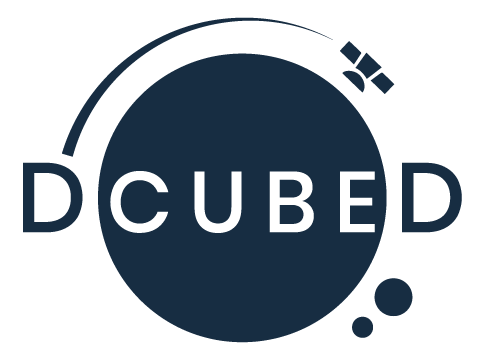
DCUBED
actuators for nanosatellite applications
Accelerating space exploration through durable and affordable Release Actuators, Solar Arrays and Deployables.
Contact
DCUBED – Deployables Cubed GmbH
team@dcubed-space.com
dcubed.space
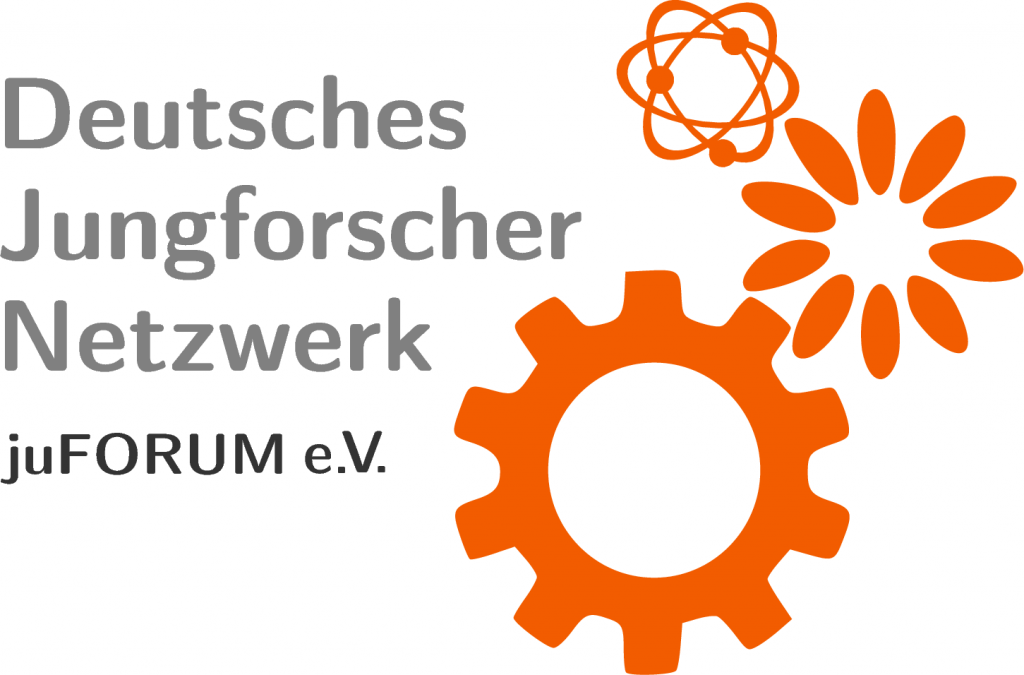
The space Cleanup
spin-off founding in progress
The ever-growing amount of space debris is a critical threat to the space industry and jeopardises the essential services provided to clients all over the world. Although the potential for cascading collisions was outlined many decades ago, no active countermeasures to remove debris from orbit have yet been realised. DEBRIS is a small satellite for active debris removal. It utilises its geometry-independent, multi-capturing-capable mechanism to attach to target objects. After establishing physical contact with its target, DEBRIS employs passive devices — a drag sail and a tether — to deorbit them with great flexibility.
From an economic perspective, DEBRIS renders active space debris removal profitable. Key cost-reducing features are its rideshare-optimised design, commercial off-the-shelf components, as well as its low development and operational costs. DEBRIS’s cost-effectiveness and scalability make it unique among other proposals for active space debris removal.
Contact
DEBRIS
Niklas Wendel
niklas.wendel@juforum.de

DigiFarm
detecting the world’s most accurate field boundaries to power precision agriculture
All precision agriculture services start with accurate field boundaries and seeded acres. Unfortunately, the problem is that critical decisions are made based on inaccurate data, cadastral field boundary data, which is affecting the entire agricultural value chain. DigiFarm has spent the last two years developing a deep-resolution algorithm for Sentinel-2 imagery to increase image resolution by 10x from 10m to 1m, coupled with a deep neural network model to automatically detect field boundaries on a large scale. DigiFarm has delineated over 15 million ha across the world and has achieved an average (IoU) accuracy of above 0.96, which represents up to 20% greater accuracy than existing cadastral map data. DigiFarm delivers four key models to B2B and B2G clients through various API endpoints, including: automatic field boundary detection (and seeded acres), deep resolution of Sentinel-2 at 1m resolution on demand, automatic delineation of in-field productivity zones and crop classification, the ability to automatically detect field boundaries (seeded acres) using deep neural network models and super-high-resolution satellite imagery.
Contact
DigiFarm
Nils Helset
hello@digifarm.io
digifarm.io

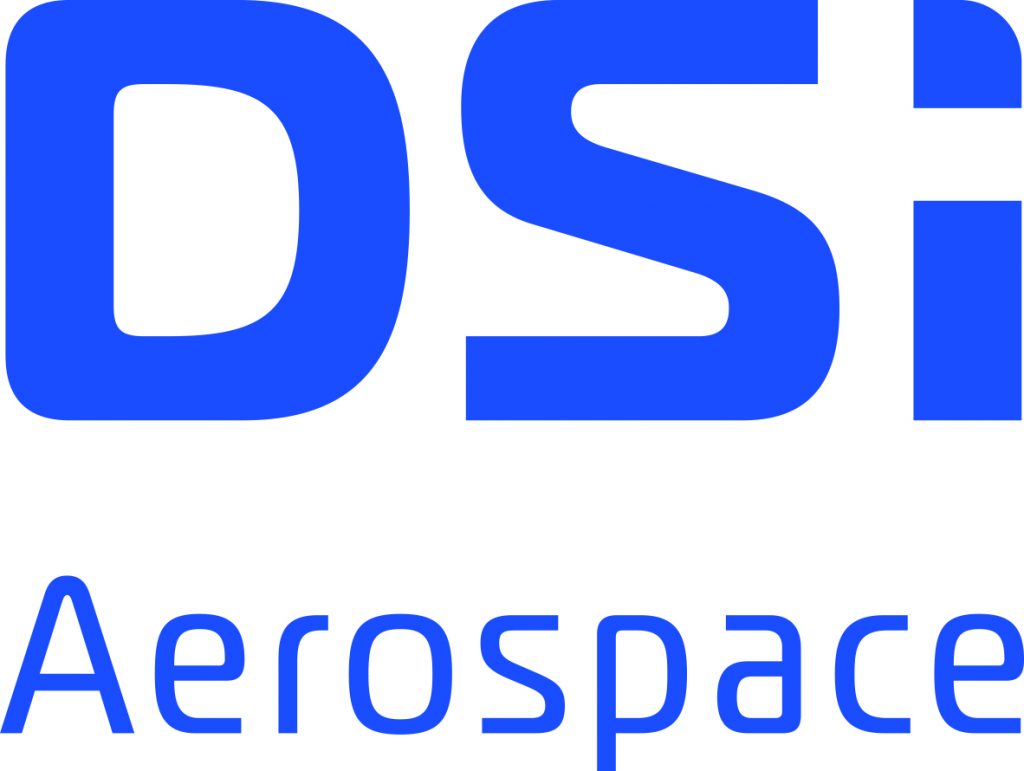
Dr. Beat
Astronauts are subject to a high level of physical stress in weightlessness. The continuous monitoring of important bodily functions, especially of the cardiovascular system, is therefore urgently required during the stay in space. Findings from space medicine can also be applied to the diagnosis of heart diseases, which are the most common cause of death worldwide. According to the German Federal Statistical Office, the cost of cardiovascular diseases in 2015 amounted to EUR 46.4 billion. Systems currently used for cardiac diagnostics offer only limited possibilities for monitoring high-risk patients or can only be used for inpatient treatment. The “Dr. Beat” project relies on ballistocardiography (BCG), originally developed for space, which can record actual heart function using modern, digital microelectronics. Within the scope of the project, a high-precision and cost-effective BCG sensor system is being developed that can be worn on the body as a “wearable” and enables continuous health monitoring. The extensive signal processing, data evaluation and diagnostics will be automated by means of artificial intelligence (AI) and should not only provide new insights into space medicine but also improve diagnostics and early detection of cardiological diseases in everyday life.
Contact
DSI Aerospace GmbH
ulf.kulau@dsi-as.de
dsi-as.de

Mynaric AG
Industrialized Laser Communications for LEO Constellations
Globally, the need for fast, secure and ubiquitous network connectivity is advancing inexorably. Data networks such as the internet are now largely based on infrastructure on the ground which cannot be expanded arbitrarily for legal, economic or logistical reasons. The future, therefore, calls for an expansion of the existing network infrastructure into air and space. This requires laser communication products to establish the necessary data highways for satellite constellations and other meshed networks in air and space. Mynaric strives to enable global connectivity by leading the industrial age of laser communication and making secure and high-speed optical communication widely available. The Nasdaq- and Frankfurt-listed company produces standardised optical communications terminals for air, space and mobile applications at scale. The company is headquartered in Munich, Germany, with additional locations in Los Angeles, California, and Washington, D.C.
Contact
Mynaric AG
Dr Martin Haunschild
martin.haunschild@mynaric.com
mynaric.com

ALReCo
Orbit Recycling’s new composite material for sustainable Moon exploration
Humans are heading back to the Moon. Artemis and the Lunar Gateway programme are on their way and the next step will be the lunar ground station. But one major problem for a sustainable outpost on the Moon remains: Moon dust (regolith) doesn’t have the right material properties to either store energy efficiently or to be an ideal construction material. The result would be to transport massive quantities of material from the Earth. Orbit Recycling has developed a new composite: ALReCo. Using a unique method, regolith is mixed with material from space debris to enhance its physical properties. ALReCo shows improved thermal capacity and conductivity in order to store energy much better. ALReCo is better suited to construction elements and the integration of aluminium structures, and flanges with regolith parts could become a modular framework for the upcoming Moon base. By turning waste into valuable material, ALReCo reduces not only the amount of space debris but the amount of material that needs to be transported from Earth as well.
Contact
Orbit Recycling
Frank Koch
info@OrbitRecycling.space
spaceport-Rostock.de

PhySens GmbH
intelligent system maintenance and current monitoring
With increasing automation and demand for energy efficiency, new digital measurement solutions are more pertinent than ever for monitoring and process optimisations. Existing products based on current monitoring lack flexibility and are costly to install. Due to the operating principle, these sensors can only measure the current in a single conductor of a cable. Therefore, these systems are unsuitable for many businesses, especially for retrofits because of cost and complexity. Based on space technology deployed as part of ESA’s Rosetta Mission, PhySens GmbH developed a contactless, non-invasive and easily retrofittable sensor solution for current measurement. By simply mounting the sensor on a cable, it measures the currents in all conductors simultaneously using high-precision magnetic field data. As a result, this new sensor solution can detect and classify anomalies in current profiles caused by e.g. faulty motors or seized bearings in hard-to-access or sealed machinery. This is vital for intelligent load management and predictive maintenance as part of industrial automation.
Contact
PhySens GmbH
Henriette Struckmann
info@physens.de
physens.de

Plasma Rocket Company
Contact
Plasma Rocket Company
danny.kirmse05@gmail.com

QuMSeC
Quantum memories for secure communication
Contact
QuMSeC
Markus Krutzik

Silent Running
intrinsic structural vibration reduction for carrier rockets using metamaterials
During the launch and flight of a rocket, vibrations must be reduced to such an extent that they
do not damage the payload and structure. Microvibrations interfere with the precision of optical
equipment in satellites.
Contact
Silent Running
Heiko Atzrodt
heiko.atzrodt@lbf.fraunhofer.de
lbf.fraunhofer.de

SPACEOPTIX GmbH
Free-form metal optics for new space applications
Contact
SPACEOPTIX GmbH
info@spaceoptix.de
spaceoptix.de
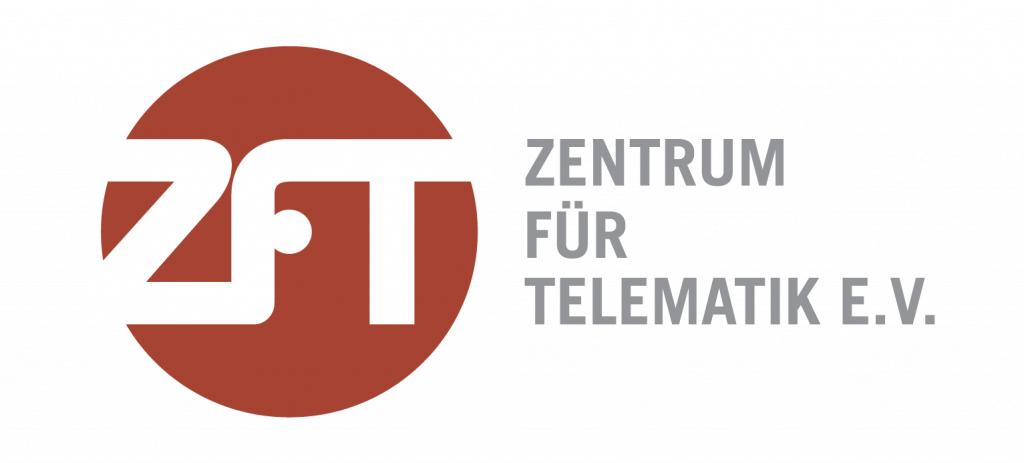
Zentrum für Telematik - S4
MSP – advanced modular production of microsatellites
To keep up with the emerging requirements of mass production, mega-constellations and formations of microsatellites, one needs innovative test concepts and production processes. Modern manufacturing techniques from the realm of lndustry 4.0 can open the door to significant productivity gains in high-volume satellite production. The Zentrum für Telematik e.V. (Würzburg) is working on transferring new methods and tools for satellite production into the space sector. The submitted idea is specifically geared towards human-robot collaboration based on the use of a lightweight robot.
Contact
Zentrum für Telematik – S4
Klaus Schilling
telematik-zentrum.de